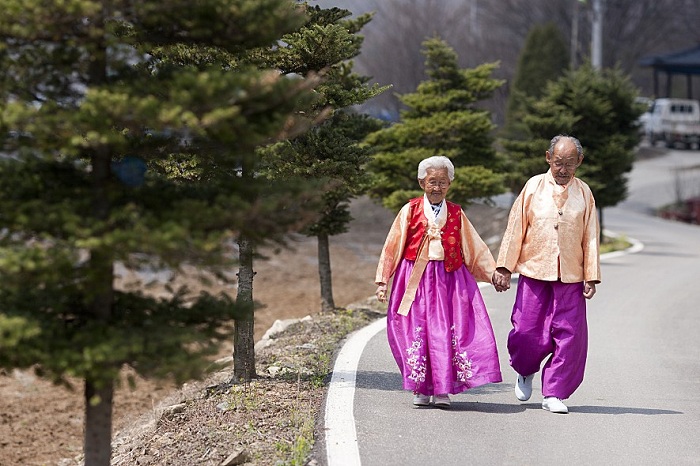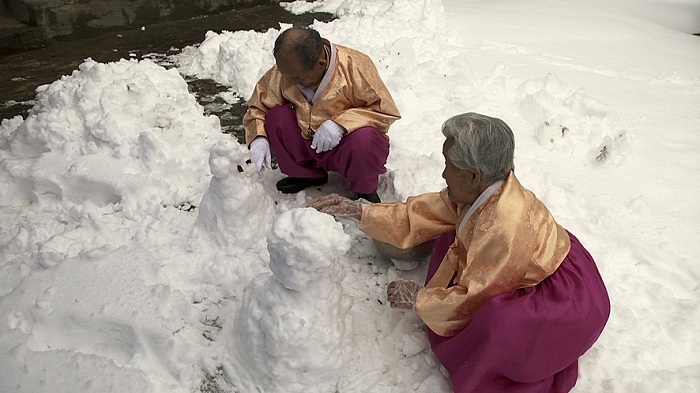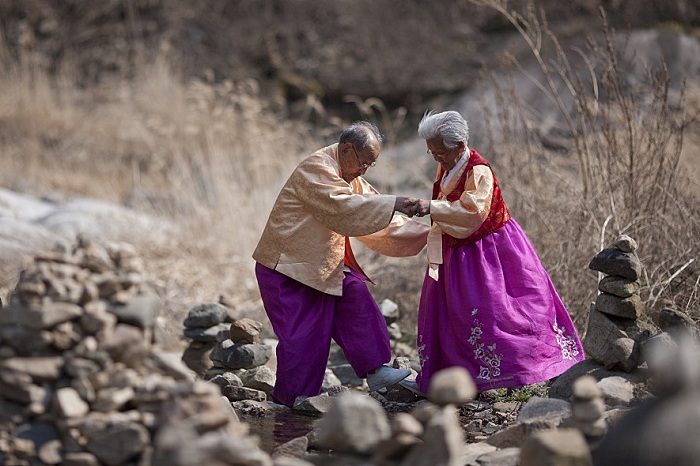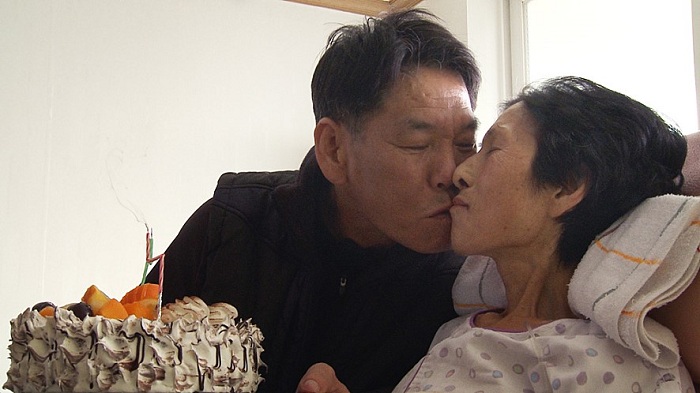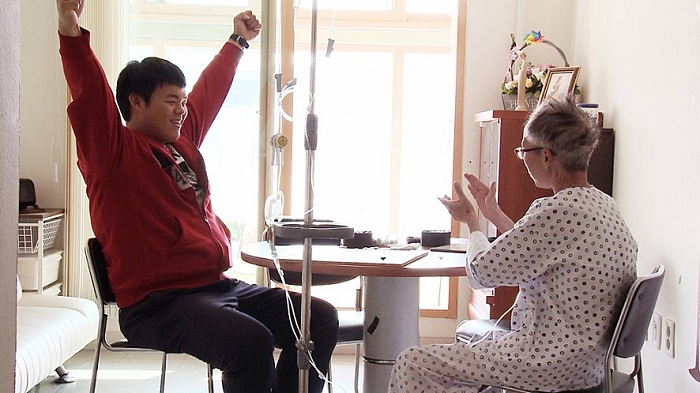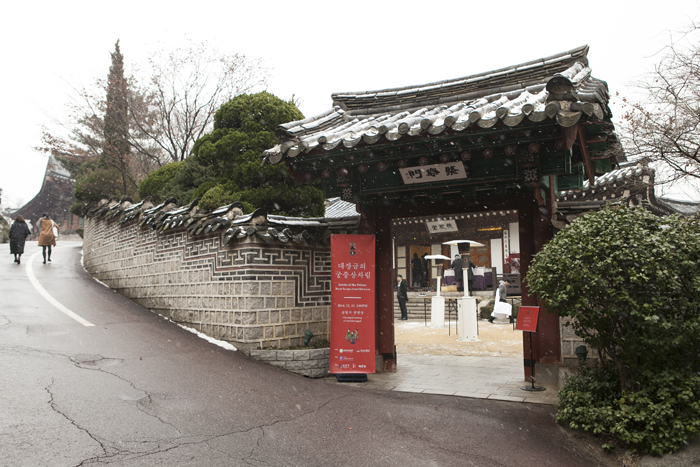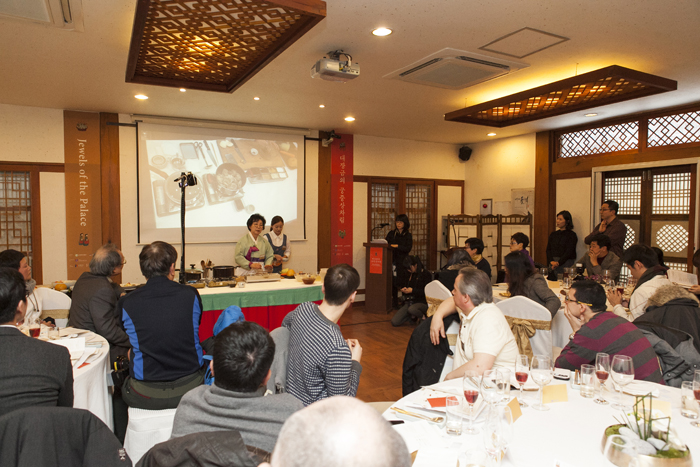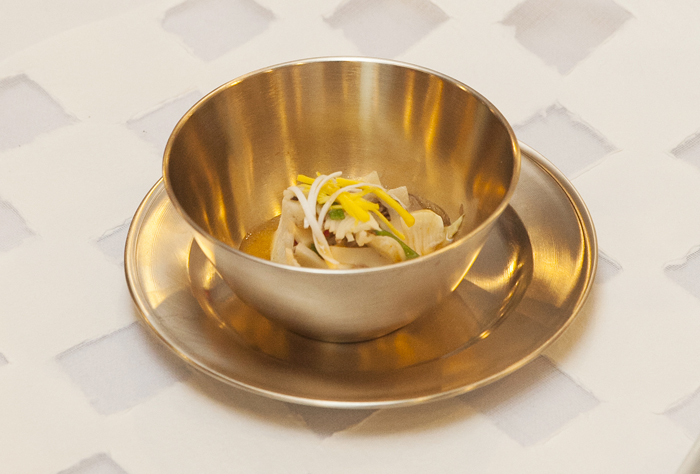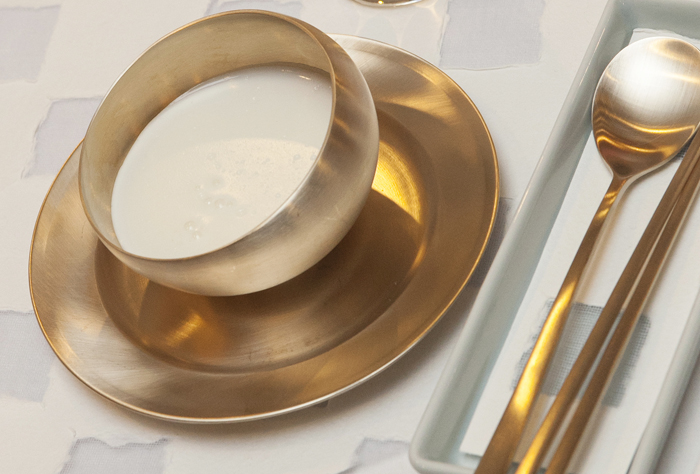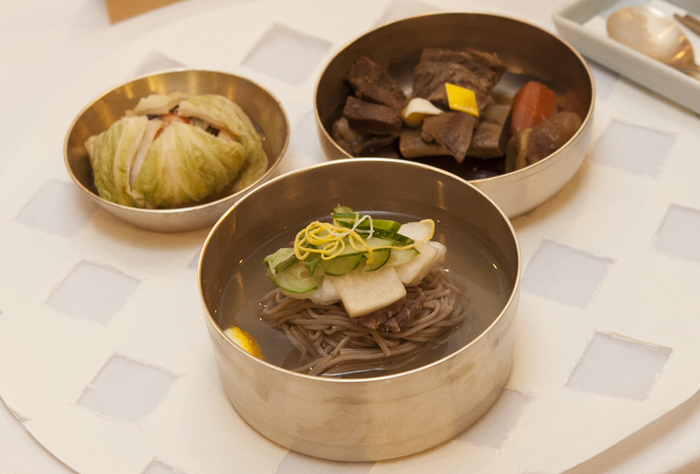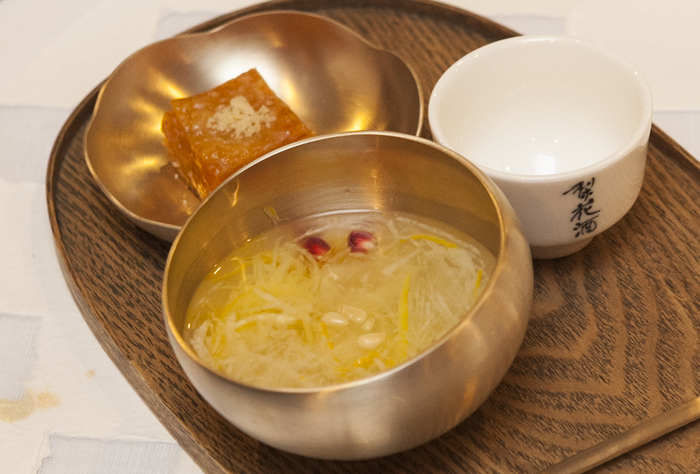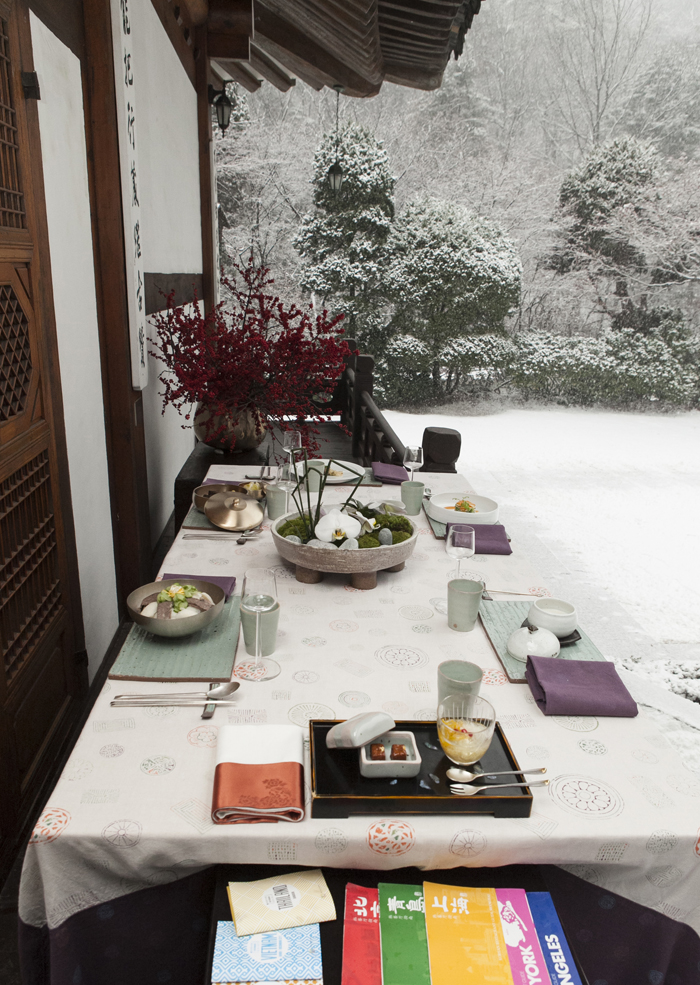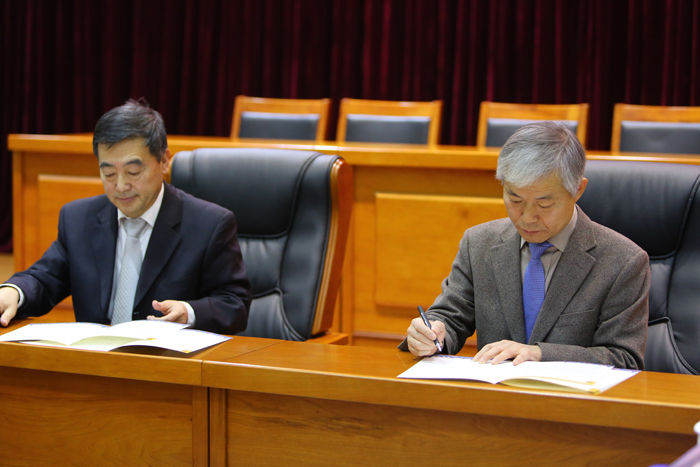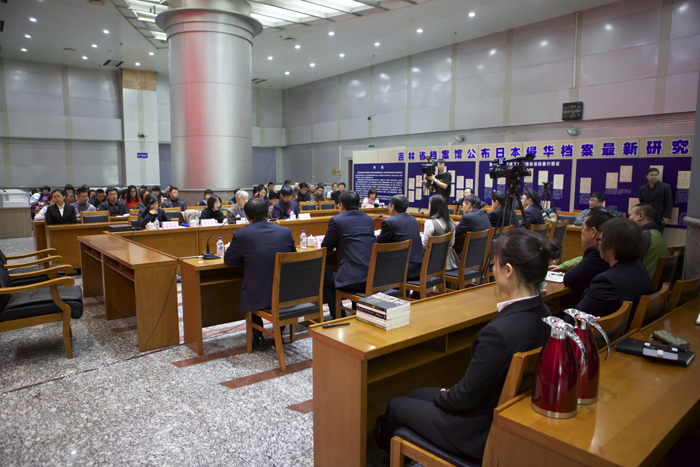Jeju is traditionally said to have three things in abundance -- wind, stones, and women represented by the island's famous female divers. This is still true along the island's eastern coast.
There is a park which features nearly 50 stone statues called dolharubang.
The statues sculpted out of volcanic rock serve as spirit guardians as well as a locational sign.
The park also displays other animal-shaped statues and offers various hands-on activities.
For more information, visit the park's website at
http://www.dolharbangpark.com/.
Just a stroll from the park, there is Woljeongri Beach where visitors are mesmerized by the pristine beauty of the blue sky and emerald-green sea.
The beach offers a refreshing breeze and a pleasant place to rest for those longing for a little relaxation. Seaside roads lined with cafes and restaurants evoke feelings of comfort in a peaceful setting.
The island's exotic atmosphere attracts many travelers, and these days the number of female visitors is on the rise, creating a demand for female-only guest houses.
Many of the other co-ed guest houses often have rooms and shower facilities reserved only for women.
A scenic drive along the coastline is one of the best ways to enjoy Jeju Island.
A 4.4 km scenic road in Sagye, Seogwipo which ends at Mt. Sanbang offers breath-taking panoramic ocean and mountain views.
Along the road, there are several great scenic spots for photos.
Among them, there is a stone monument where visitors can take a rest while looking at twin islets in the distance.
Bike paths are also available for those who prefer slower trips.
Mt. Sanbang at the end of the road offers a panoramic view of the seashore and the mountain that rises like a huge folding screen.
The mountain's carbonic spring is said to lower blood pressure and reduce stress on the heart by stimulating capillaries.
Another fascinating mystery of nature there is a spectacular volcanic rock formation called "Jusangjeolli Cliff." A series of pentagonal or hexagonal columnar joints inspires an awe for natural creations.
When the emerald-colored water hits the cliff, the view is so spectacular that it is regarded as one of the great attractions on the resort island.
Jeju's beautiful scenery and pleasant climate are what give the resort island its charm. Visitors are stopped in their tracks by the beauty of Mt. Halla, Korea's highest mountain, and many volcanic formations called "oreum" as well as numerous beaches. The best of the best is probably the emerald-colored sea.
◆ Seongsan Sunrise Peak
Seongsan Sunrise Peak is one of the country's best places to watch the sunrise as the name indicates. It stands 182 m high and offers visitors a view of the ocean, a nearby village and an expansive meadow. On a fine day Mt. Halla comes into view, adding to the scenic beauty.
Visitors can take stairs to the top of the peak to find a 600 m crater. The crater appears as if surrounded by a fortress wall as 99 rocks stand along the edge.
Taking a boat provides a different view of the peak. Excursion ships leave the Seongsan Port and pass by the peak via Udo Island.
◆ Aqua Planet
Near the Seopjikoji promontory visitors can learn about ocean creatures at Aqua Planet. The biggest in Asia, the aquarium not only exhibits tanks full of fish but also provides various education and hand-on programs.
It has a separate section for seals where visitors can see them dance in a huge cylinder tube. An exhibit tunnel shows over 20,000 fish and other creatures, including sharks and stingrays. Visitors may never expect to see penguins here, but Humboldt and African penguins can be found enjoying themselves.
The highlight is the aquarium's main tank, which measures 23 m wide and 8.5 m high. The tank gives visitors the feeling they are seeing the real Jeju ocean as the acrylic window gives the effect of an IMAX screen.
◆ Submarine Trip
Those who want to experience the depths of the beautiful Jeju ocean are recommended to take a submarine tour. Submarine trips are offered at various places on the island but the trip around Seogwipo is the most popular.
Divers stage various performances outside the submarine while fish swim along coral reefs. A must-see spot is a coral colony, which reflects the submarine lights to create stunning reddish color.
More information can be found at
http://www.submarine.co.kr.
◆ Sea Urchin Soup
Visitors shouldn't leave Jeju without tasting the fresh seafood. There are many local specialties, and one of them is sea urchin soup. Seogwipo is the best place to try the soup, which is traditionally served in times of celebration.
Sea urchins are a good source of vitamins, protein and iron, and are especially good for those suffering from anaemia. They are usually found in the rock beds of the sea and are tastiest when harvested between late May and June.
Sources: The Chosun Ilbo
.jpg)

